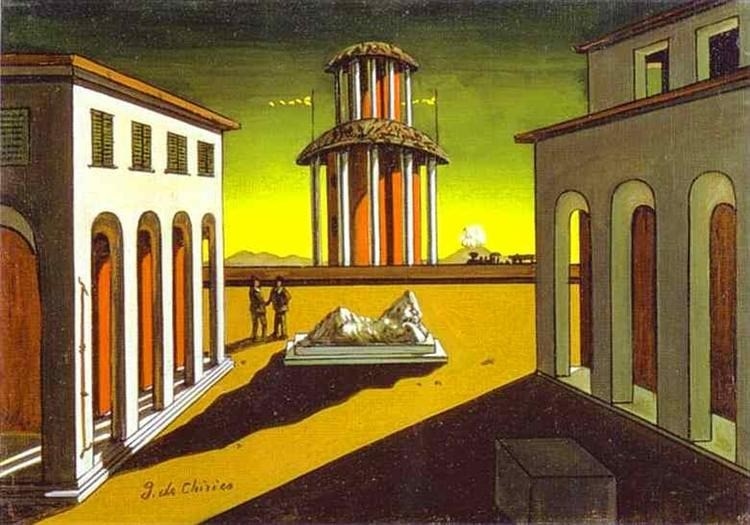“The opposition between world-city and city-world parallels the one between system and history. It is so to speak its concrete spatial expression. The pre-eminence of system over history and of the global over the local has consequences in the domain of aesthetics, art, and architecture. Leading architects have become international stars, and when a town aspires to feature in the world network it commissions one of them to produce an edifice that will stand as a monument, a testimony proving its presence in the world, in the sense of being wired into the system.”
The non-places of art
The passing of Marc Augé, the theorist of ’non-places’, becomes an opportunity to reflect on the existence of them in art. A journey that runs through Monet, De Chirico, and Hayez to the phenomenon of NFTs.

View Article details
- Valentina Petrucci
- 27 July 2023
(Marc Augé)
Marc Augé – one of the greatest contemporary anthropologists, philosophers, and writers – died at the age of 87 on July 24. Founder of the analysis of ‘non-places’, and of works about human mobility, Marc Augé’s death leaves a deep void among the intellectuals of the 20th and 21st centuries. Augé argues and theorizes the concept of a new place that turns into a ’non’, looking at the past wistfully. He accepts the present, contemplates it, but cautions the reader about what will be by remembering what has been.
Do the ‘non-places’ of art exist? According to the French anthropologist, probably yes. NFTs (non-fungible tokens), the new frontier of artworks, bring back to light the word ’non’, non-fungible, non-reproducible. They move away from that idea of art that starts from human thought and reveals itself through human knowledge, mastery, genius. Is it therefore a ’non-place’ of art? A progressive disappearance of the real in the age of simulacra, as Jean Baudrillard put it.
The Eternal Muse is an NFT by Giuseppe Lo Schiavo (2023)
Place in art always started from a principle of reality. And sometimes it became an obsession. As was the case of the Rouen Cathedral for Monet, which changed shape and matter depending on the sunlight, from morning to sunset, to other places that while starting from the real, were transformed through little artifices of the artist romancing them with romantic figures, such as Francesco Hayez and his work The Kiss or the works of Giorgio De Chirico who designed metaphysical cities starting from a concrete and real city like Tresigallo and transforming it into his own idea.
Augé looked at shopping malls, airports, and train stations. Baudrillard asserted the existence of places usable through credit cards, the consumer society. Is art consumption? Today it undoubtedly is. Is art a place? What about NFTs? Will they then be the ’non-places’ of art?
“Invention is the creative act through which an idea takes the form of an actual object; innovation adds to it the social character due to its dissemination in society in the form of a product.”